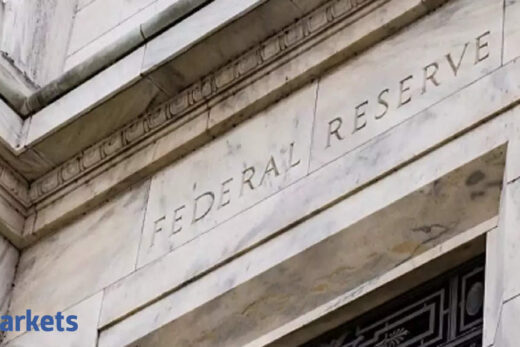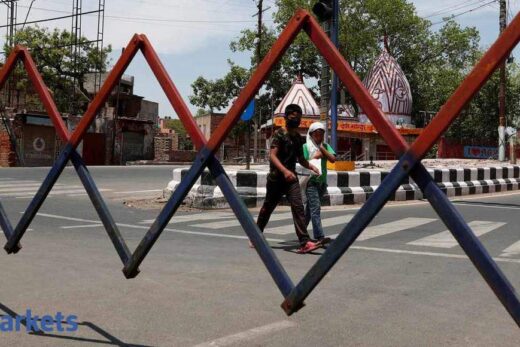“It is in this context that banks must exploit the congenial financial conditions and the conducive policy environment to plan for capital augmentation and alterations in business models that address emerging challenges for future expansion,” RBI Governor Shaktikanta Das said in the report.
The governor also implored banks to make more investments in information technology to build robust platforms and for operational purposes as well as for fortifying public confidence in digital banking.
Shaktikanta Das’ comments come in the backdrop of the penalty imposed by the central bank on HDFC Bank for repeated failures in its internet banking services in the recent past.
The governor also highlighted the disconnect between the financial markets and the real economy. “Stretched valuations of financial assets pose risks to financial stability. Banks and financial intermediaries need to be cognisant of these risks and spillovers in an interconnected financial system,” said Das.
Here are some other key observations from the report:
Credit growth tepid, but deposits surge
Bank credit growth, which had declined to 5.7 per cent in 2019-20, remains sluggish. On the other hand, deposit growth has remained robust in the double digits, reflecting precautionary saving in the face of high uncertainty.
Banks’ asset quality may deteriorate
Macro stress tests for credit risk show that scheduled commercial banks’ Gross Non-Performing Assets ratio may increase from 7.5 per cent in September 2020 to 13.5 per cent by September 2021 under the baseline scenario.
If the macroeconomic environment deteriorates, the ratio may escalate to 14.8 per cent under the severe stress scenario, the central bank said.
Adequate capital in banking system
Stress tests also indicate that scheduled commercial banks have sufficient capital at the aggregate level even in the severe stress scenario but, at the individual bank level, several banks may fall below the regulatory minimum if stress aggravates to the severe scenario.
“The need of the hour is for banks to assess their respective stress situations and follow it up with measures to raise capital proactively,” the central bank said.
Systemic risk may be abating
Respondents rated institutional risks, which comprise asset quality deterioration, additional capital requirements, level of credit growth and cyber risk, among others, as ‘high’, the report said.
All other major risk groups, such as global risks, macroeconomic risks and financial market risks were perceived as being ‘medium’ in magnitude. In the previous report, all these categories were seen as ‘high’ risk.
PSU banks at risk
The central bank’s stress test results showed that state-owned banks could see their gross non-performing assets ratio deteriorate to 16.2 per cent in the baseline scenario and 17.6 per cent in the worst case scenario. At the end of September, gross NPAs at state-owned banks was at 9.7 per cent.



